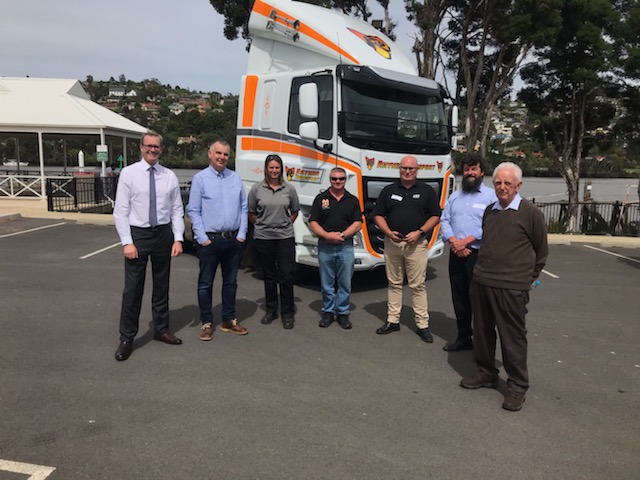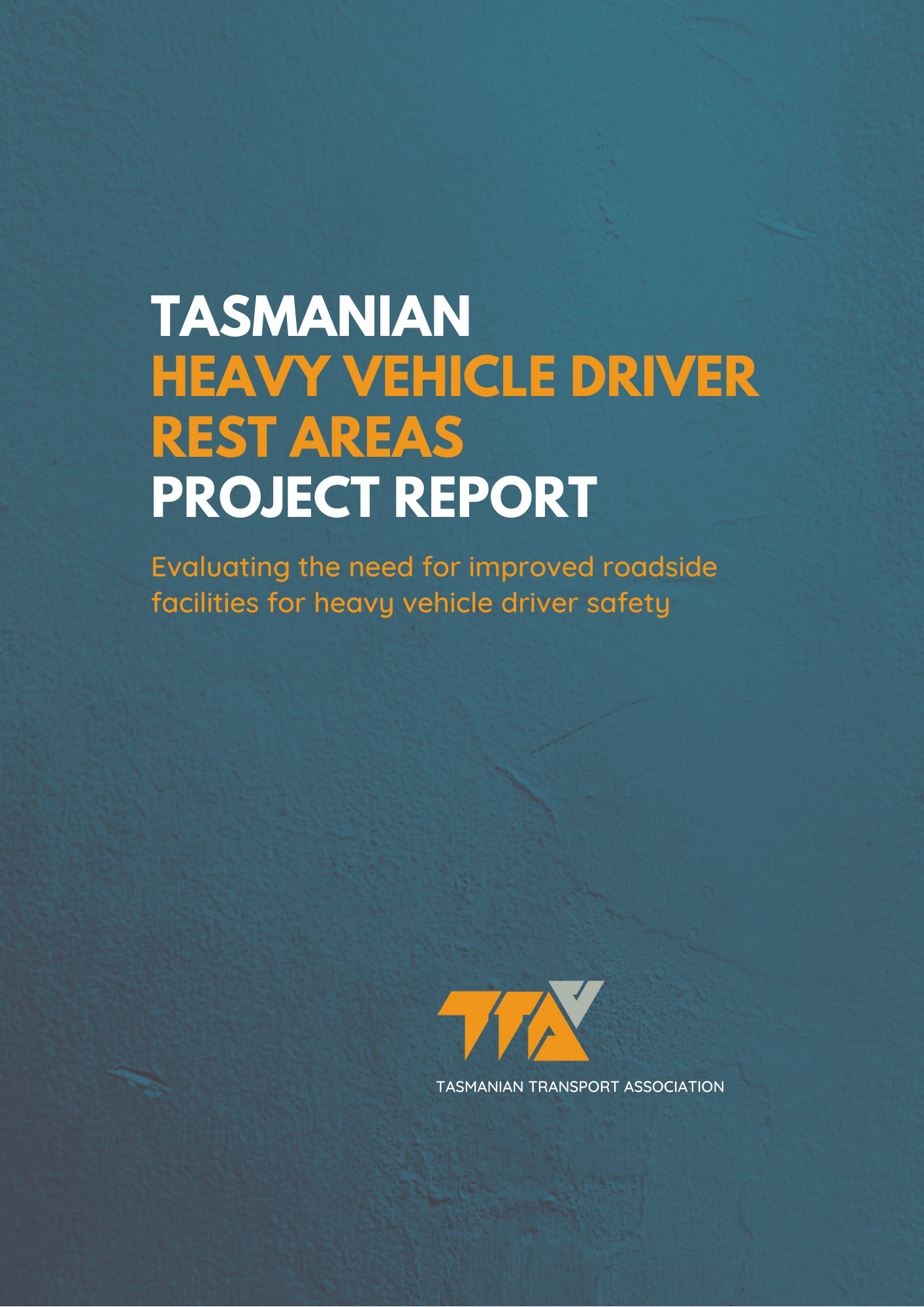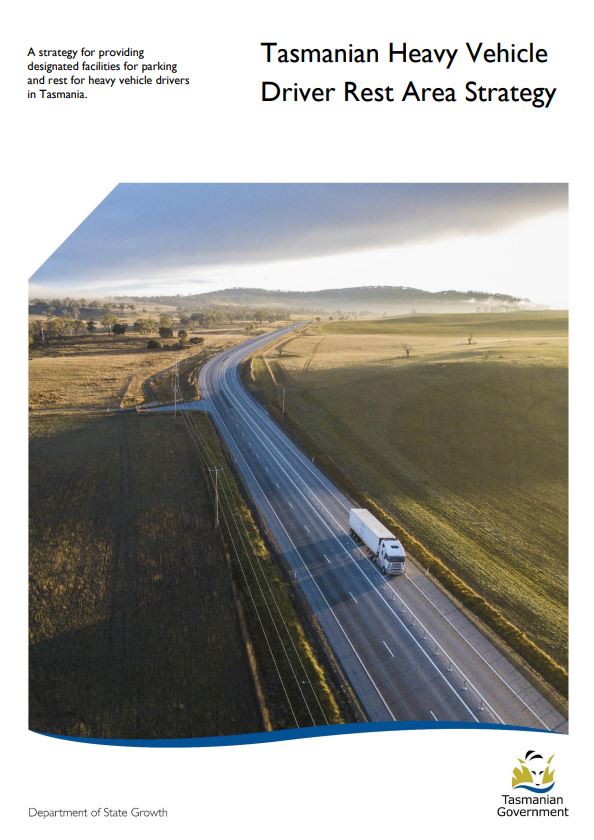Heavy Vehicles and heavy vehicle drivers provide an essential service to, and are a key enabler of, the Tasmanian economy.
The Tasmanian Transport Association is the peak industry body representing the interests of transport operators in Tasmania, with membership spanning sectors including road, rail, shipping, ports, warehousing and associated sectors. Our members have a keen interest in the safety of heavy vehicle drivers and in 2018, after many industry members raised concerns about the lack of facilities roadside on key freight routes for drivers to pull over, take breaks and check vehicles, TTA (with support of the Tasmanian Government) began a survey of what we have and what we need.
This project was supported by and contributed to by industry stakeholders including TTA members, the Transport Workers Union, National Transport Insurance and the National Heavy Vehicle Regulator.
On November 20, 2020, TTA released the Tasmanian Heavy Vehicle Driver Rest Area Report. A key recommendation of this report is that the Tasmanian Government develop a Heavy Vehicle Driver Rest Area Strategy, to set out the priorities for and commitment to establishing facilities for heavy vehicle drivers on Tasmanian freight routes.
Background
In 2019, Austroads released National Guidelines for the Provision of Heavy Vehicle Rest Area Facilities. The TTA’s rest area review found that current facilities available, for heavy vehicle drivers to take breaks, rest, and undertake vehicle and load checks, fall short of the Austroads Guidelines. The 2019 Austroads guidelines are an update on previous guidelines (2005, and definition documents 2012, 2013) and Tasmania has consistently fallen short of meeting these, highlighted initially in an Austroads Audit in 2007.
TTA’s research identified that in 2019, thirteen years after the Council of Australian Governments endorsed a work schedule for harmonising and reforming road and rail regulations, including the provision of rest areas to nationally agreed standards by the end of 2008, Tasmania does not meet the guidelines for these facilities.
A ‘Safe System’ approach to the Midland Highway safety upgrades and other major highway projects include the extensive installation of median and roadside barrier, which is now a standard design feature for high volume major highways and is critical to Tasmania reducing the serious casualties and fatalities from head on crashes on the Bass and Midland Highways.
However, as the wire rope barrier is installed, we have also lost many of the ‘informal’ sites used by heavy vehicle drivers to pull over and take breaks for driver wellbeing and to meet fatigue regulations, and to check vehicle and load conditions.
Bypasses of many of the towns on the Bass and Midland Highways have also reduced the opportunities for heavy vehicle drivers to access toilets and shops.
Providing rest area facilities is critical to support the safe operation of heavy vehicles.
The provision of appropriate heavy vehicle driver rest areas on key Tasmanian freight routes particularly supports:
- road user safety
- effective fatigue management by drivers and road transport operators
- legal compliance with fatigue regulations by drivers, transport operators and parties to the transport supply chain
- driver health, safety and wellbeing
- heavy vehicle operations and load checks
- a safe working environment that supports industry recruitment and driver retention.

The Minister for Transport & Infrastructure, Hon Michael Ferguson MP, launched the Tasmanian Heavy Vehicle Driver Rest Area Strategy at a TTA industry forum in Launceston on Friday 20 November, 2020.
L-R: Minister Ferguson, TTA Chairman John de Bruyn, and members of the TTA HV Driver Rest Area Reference Group Kerri Connors (Caltas), Steve Moszko (TWU), Shane Fairhall (NTI), Robert Smith (Caltas), Selwyn Sinfield (Retired Driver).



